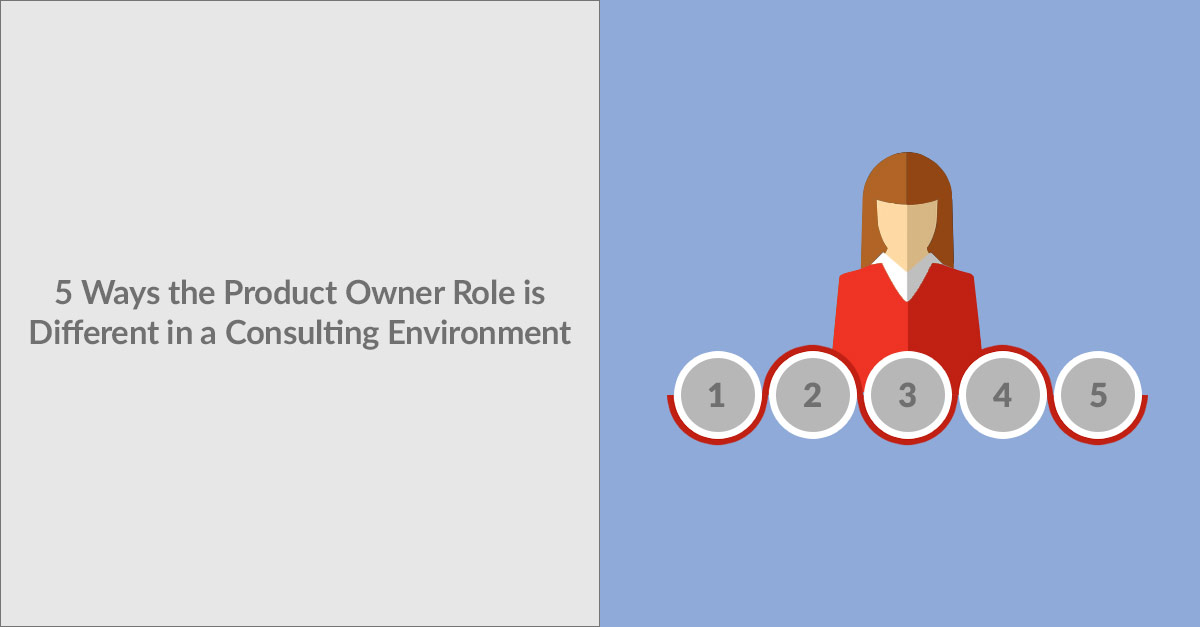
Scrum talks a lot about the product owner (PO). However, in consulting environments—like Far Reach—there are really two individuals who make up that role: the consultant product owner (a Far Reach team member) and the client product owner (the final decision maker).
Both individuals bring key knowledge to the project. So how do these two work together? Here are five things we’ve found that traditional scrum literature won’t tell you:
5. The magic word is “priority.”
We’ll work in priority order.
Is this higher or lower priority than XYZ?
Is this a priority for this release?
If we make this a higher priority, this lower priority item may not make this release.
You get the idea. It really isn’t all that different from traditional scrum, but in this instance, there are two individuals working through these questions instead of just one. Further, each individual brings a different perspective. For example, the value perceived by the client PO for any given feature may not be as significant once the consultant PO offers insight into trends in the software industry—and vice versa.
4. The consultant PO needs to know the client’s business. The consultant product owner needs to know about more than just the current project. He or she needs to know the goals of the client’s organization, who their customers are, what their pain points are, what the competitive landscape looks like, etc. All of this is so the consultant PO can help the client PO prioritize the backlog in a way that meets their most important objectives first.
3. The consultant PO represents the (development) team. At times, the team may express concerns or issues with the direction the client wants to go. The team may be in a position to express those concerns directly to the client, but often it’s the consultant PO bearing the message. But on the flip side…
2. The consultant PO also represents the client. When things don’t seem to be on track, the consultant PO is usually the first one to notice it. This means he or she is there to listen to your concerns—so please bring them up! We can only get better if we get feedback.
1. The consultant PO and the client PO will get to be each other’s most trusted friend. The only way this relationship works is if there is open and honest communication and trust. After all, scrum typically recommends this role be played by one person. We can’t split it between two people and think it will be successful if information isn’t flowing well in both directions.
How about when the information is flowing well, though? When this happens, you may find two really is better than one.